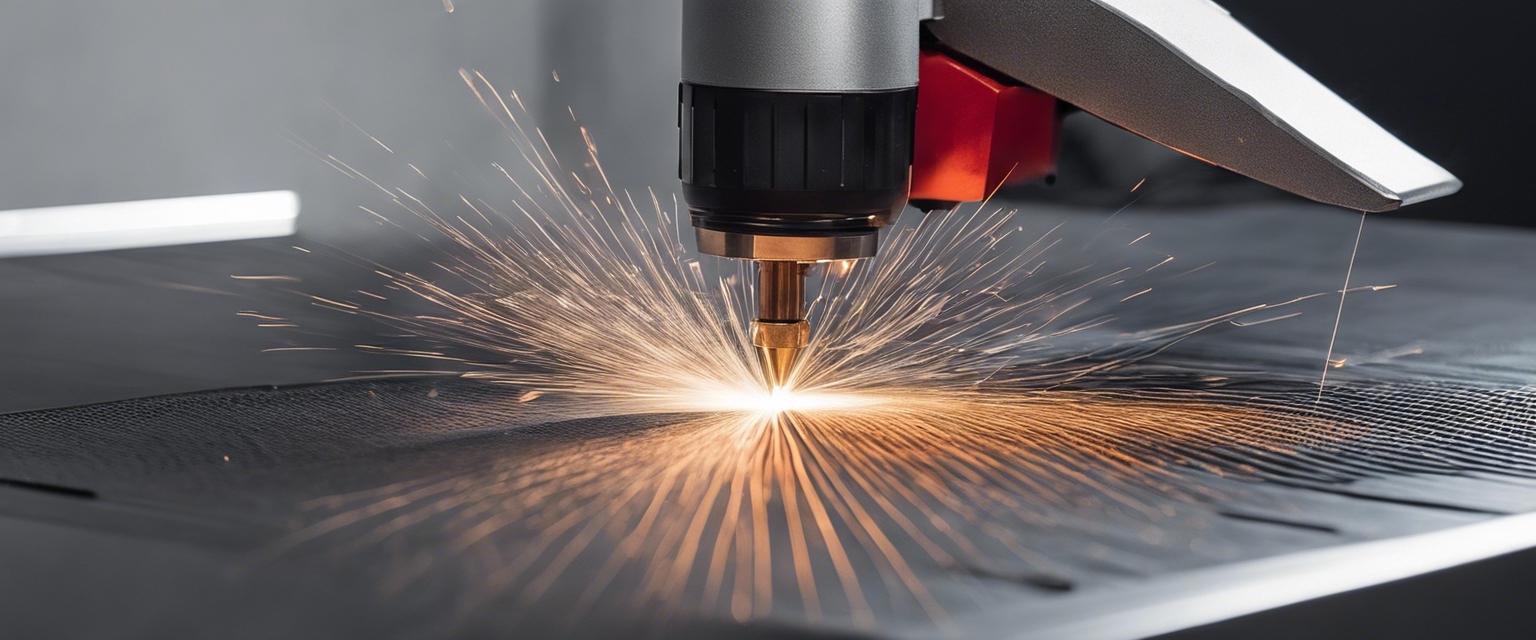The future of eco-friendly laser cleaning
Laser cleaning technology harnesses the power of light to remove contaminants from various surfaces without physical contact. It operates by directing a focused laser beam onto a surface, which absorbs the light energy and disintegrates or vaporizes unwanted material, leaving the underlying surface intact.
Traditional cleaning methods often involve harsh chemicals, abrasive materials, and significant water usage, which can lead to environmental degradation and health risks. The disposal of chemical waste and the energy required for these processes further contribute to their ecological footprint.
As industries and consumers become more environmentally conscious, the demand for sustainable cleaning solutions has risen. Eco-friendly laser cleaning offers a promising alternative, minimizing the use of hazardous substances and reducing waste.
The Advantages of Laser Cleaning
Laser cleaning is a non-contact method that preserves the integrity of the substrate, preventing wear and tear associated with abrasive techniques.
This technology eliminates the need for chemical cleaning agents, thereby reducing the potential for environmental contamination and worker exposure to toxic substances.
The precision of laser cleaning allows for targeted removal of contaminants, ensuring that only the unwanted material is removed without damaging the surrounding area.
With laser cleaning, waste is minimized as most contaminants are vaporized, and the process is inherently safer for operators since there is no need to handle hazardous chemicals.
Applications of Laser Cleaning in Various Industries
In automotive restoration, laser cleaning efficiently removes rust, paint, and other coatings without damaging the original material, making it ideal for restoring vintage vehicles.
For industrial clients, laser cleaning is used to maintain machinery, remove rust and residues, and prepare surfaces for coating, all while adhering to strict environmental standards.
Property maintenance professionals and restorers use laser cleaning to delicately remove contaminants from historical artifacts and buildings without the risk of damage.
The aerospace and aviation industries benefit from the precision and effectiveness of laser cleaning for maintaining critical components and ensuring safety and performance.
Technological Advancements in Laser Cleaning
Recent advancements have led to more powerful lasers that can clean more quickly and effectively, even on tougher materials and contaminants.
Developments in technology have also made laser cleaning systems more portable and accessible, allowing for on-site cleaning without the need for large, stationary equipment.
Integrating laser cleaning with automation and robotics has opened up new possibilities for efficiency and consistency in cleaning processes.
Software advancements allow for greater control over the cleaning process, with the ability to adjust parameters for different materials and levels of contamination.
Challenges and Considerations
While the benefits are clear, the initial investment in laser cleaning technology can be significant, and businesses must consider the return on investment.
Operating laser cleaning equipment requires specialized training and skills, which can be a barrier for some organizations.
As with any new technology, regulatory compliance is essential, and businesses must stay informed about safety standards and environmental regulations.
Organizations must be willing to adapt and embrace new technologies to stay competitive and meet the demands of an eco-conscious market.
The Role of Research and Development
Continuous research and development are driving the evolution of laser cleaning, with new innovations making the technology more effective and environmentally friendly.
Collaborations between industry leaders, academic institutions, and technology developers are crucial for advancing laser cleaning solutions.
Support from government and institutions can help in funding research and promoting the adoption of eco-friendly technologies.
Real-world applications and feedback from industry professionals provide valuable insights into the effectiveness and practicality of laser cleaning technologies.






Comments (0)